Laid Out in Color
DCPS hopes its guidance on transgender students will serve as model resource for other school systems

“Interacting with an LGBTQ student is the same as interacting with all students,” says Tina Bradley, a teacher at Ballou STAY High School, an alternative education program for 18- to 24-year-olds who wish to resume their education. “They’re people, they have the same issues, desires, frustrations.”
Bradley, who is D.C. Public Schools’ (DCPS) designated LGBTQ liaison for Ballou STAY, says people can think about LGBT issues in a clinical fashion, rather than a personal interaction. Adults, whether parents, teachers, or members of the surrounding community, may not be well-versed on LGBT-related issues, or may carry personal prejudices. They may also struggle with definitions and distinctions between gender identity, gender expression, biological sex and sexual orientation.

Such prejudices became apparent last year in nearby Fairfax County, when concerned parents and staff, with a well-organized push from conservative special interest groups, attacked the county’s school board over a change that added sexual orientation and gender identity to the Fairfax County Public Schools nondiscrimination policy. Adults interrupted, booed, jeered and even threatened school board members for adopting the policy, based partly on whisper campaigns and assertions made by some opposed to the policy that it would force children to share bathrooms and other intimate spaces with peers of the opposite gender or with transgender adults. Opponents even attempted to stage what proved to be a largely unsuccessful campaign against the board’s incumbents in last November’s elections.
Yet at the same time tensions were boiling over in Fairfax County, DCPS was finalizing and seeking to implement a policy guidance for teachers and administrators on how best to address issues surrounding transgender and gender-nonconforming students. The guidance, which cobbles together best practices from school systems around the country, largely mirrors protections for sexual orientation, gender identity and expression that exist in the D.C. Human Rights Act, passed in 2005.
Diana Bruce, director of health and wellness at DCPS, says the aim of issuing the guidance and putting it into print was precisely to avoid any ambiguity or confusion about the expectations for how DCPS administrators and staff are to interact with gender-nonconforming students.
“I think we are charged with treating all of our students equally and fairly,” Bruce says. “The first message that I like to give school staff when we do trainings is, ‘This is just part of what we should be doing anyway,’ which is making sure we are creating schools that are welcoming and safe for all children, regardless of their identity.”
Bruce hopes that DCPS’ guidance will become a go-to resource for educators from around the country who are looking for information on how to best meet the needs of transgender and gender-nonconforming students. She notes that the 38-page guidance, posted online for public consumption, goes into great detail with definitions of various terms relating to sexual orientation or gender identity, and hypothetical scenarios ranging from how to deal with dress code infractions to addressing a student or staff member’s transition. Its appendix contains a “frequently asked questions” section, citations of existing nondiscrimination laws, sample form letters and a list of LGBT resources.

“I always say, ‘Read the guidance. That should answer everything. If you have questions, read the appendix. If you still can’t find the answer, call us,'” Bruce says, noting that the guidance has contact information for both DCPS and DCPS’ general counsel.
“Our number-one priority is our students, because we’re a school district and that’s our purpose,” she continues. “But the rights included in the guidance aren’t just limited to students. Our staff, parents, family members and visitors to our school have these same rights.”
Another part of the guidance uses a colorful visual aid, called the “Genderbread Person,” to help simplify the concepts of various terminology. Drawn in the shape of a gingerbread person, the aid connects the term “sexual orientation” to the heart, “gender identity” to the brain, and “gender expression” to exterior characteristics. The guide also notes that all gender or sex-related classifications exist along a spectrum.
“That’s actually something we’ve gotten kudos for in our guidance from other school districts across the country: ‘Wow, your guidance, it’s in color, it has pictures,'” Bruce says. “Usually school districts publish these very boring, specific, black-and-white guidances. It’s usually pretty dry legal guidance that comes out. We chose the ‘Genderbread Person’ because it was a very clear way to get across those differences that we’re talking about, even if it’s not as detailed as some people would like. It’s a good introduction for a teacher or parent where this is new to them.”
Bradley says the DCPS guidance has answered some students’ and staff members’ questions and concerns.
“It’s been extremely helpful, because we have two or three at this time that identify as transgender,” she says. “And we had issues that staff and students were concerned about as far as bathrooms and addressing students’ names and pronouns. So the policy guidance itself ended up being a really great document. It’s really helped staff come around to understanding who these students are, what their needs are, and how we can help.
“It’s important that we ensure that all students, regardless of their gender identity or sexual orientation, feel safe and accepted in our schools,” she says. “And as far as doing so, we cannot relegate any student to using one bathroom or another. Just like any [other] student, whether transgender or not, we do not want them to feel relegated to a separate space.”
Vin Testa, a ninth-grade algebra teacher at Eastern Senior High School and the school’s designated LGBTQ Liaison, says it’s frustrating when anti-transgender forces have seized on the bathroom issue as a way to divide the school community.
“The guidance we have in place in unbelievably comprehensive, and, unfortunately, most of the questions that are asked about this guidance and about this plan fall right on the bathroom issue,” Testa says. “And that’s sad that it gets boiled down to a bathroom when we’re really talking about a student’s well-being. We’re talking about where they should be directed, what sort of resources should be put in place if this student is so lost and troubled that they’re ready to harm themselves. We’re talking about a student’s well-being, not just where they pee.”
Testa adds that part of the reason the guidance was developed was to foster an environment where LGBT or questioning students would feel safe and comfortable. In doing so, teachers and administrators could help combat bullying, which, in turn, would prevent LGBT students from dropping out of school or failing to finish their education. And fostering a relationship with transgender or gender-nonconforming students can start with some simple steps.
“I’ve been able to develop some good friendships, because I’ve kept in touch with a lot of the LGBT youth I’ve worked with over the past five years,” Testa says. “You can start off just by asking what name they prefer to go by. Your name, right off the bat, is how you identify. For students who are transgender and gender-nonconforming, they lose a lot of respect when a teacher or adult refuses to call them by the name they feel comfortable with.”
Support Metro Weekly’s Journalism
These are challenging times for news organizations. And yet it’s crucial we stay active and provide vital resources and information to both our local readers and the world. So won’t you please take a moment and consider supporting Metro Weekly with a membership? For as little as $5 a month, you can help ensure Metro Weekly magazine and MetroWeekly.com remain free, viable resources as we provide the best, most diverse, culturally-resonant LGBTQ coverage in both the D.C. region and around the world. Memberships come with exclusive perks and discounts, your own personal digital delivery of each week’s magazine (and an archive), access to our Member's Lounge when it launches this fall, and exclusive members-only items like Metro Weekly Membership Mugs and Tote Bags! Check out all our membership levels here and please join us today!




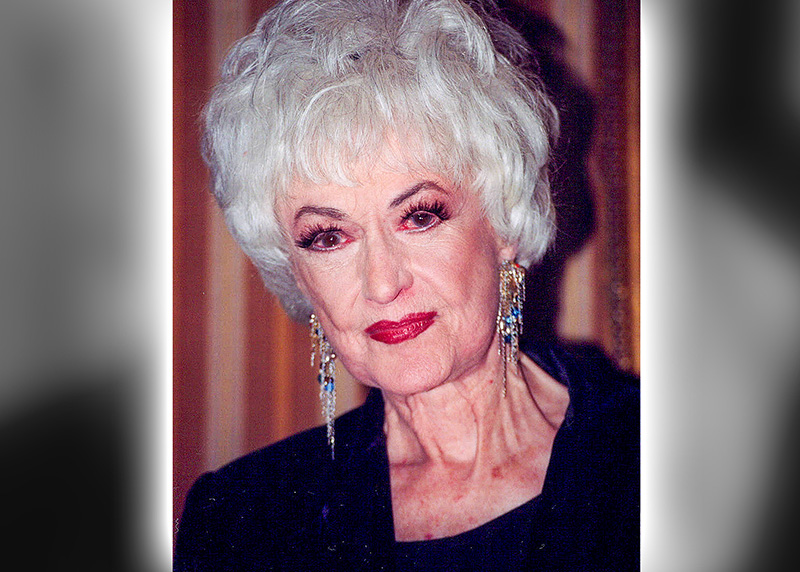
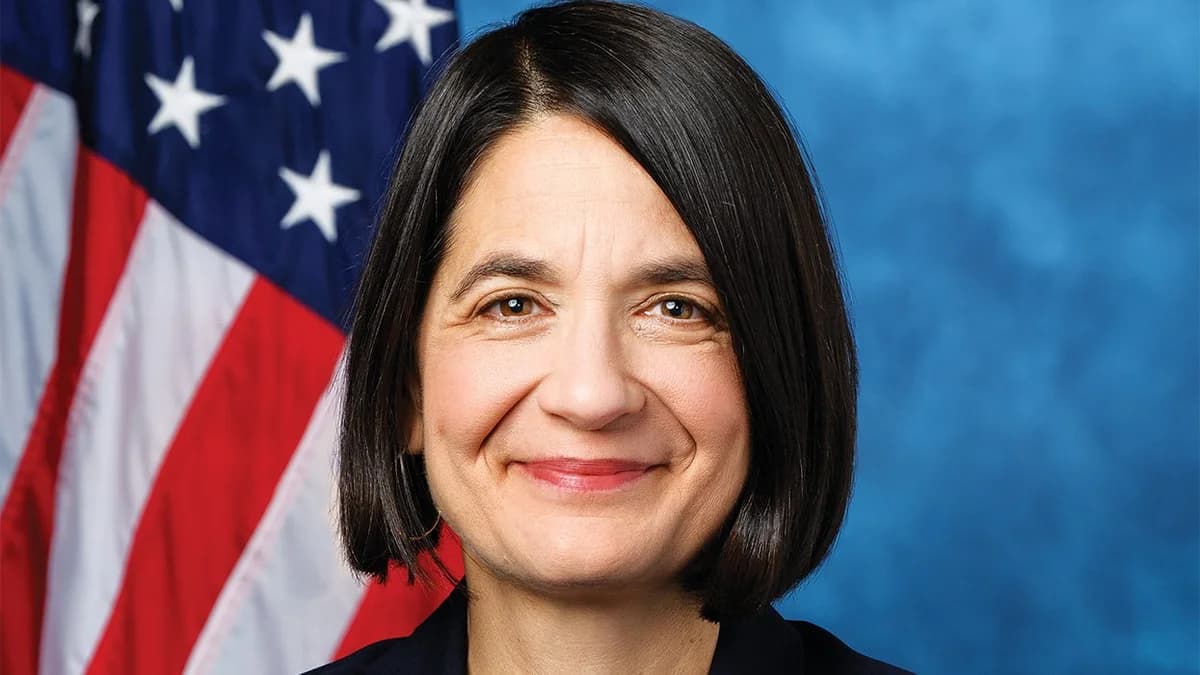
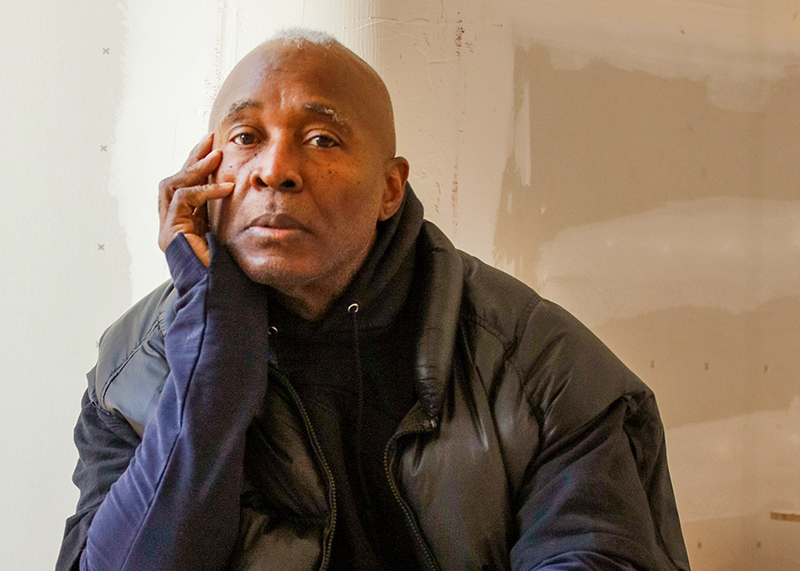

















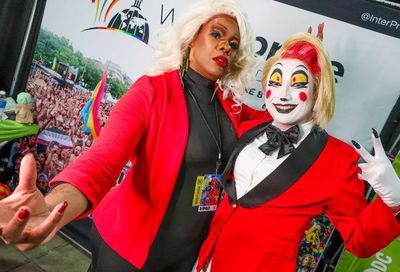
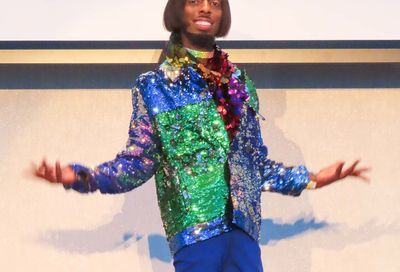
You must be logged in to post a comment.